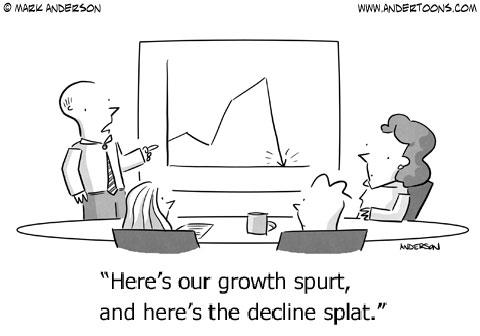The ridership has dropped 43% since fares were introduced on the Sunrunner on October 1st, this PSTA internal document created by its CEO Brad Miller shows. PSTA is the Pinellas Suncoast Transit Authority.
The Sunrunner bus line is heavily subsidized by taxpayers, and Miller has been silent about the drop in agency communications and at board meetings even though he has known about the sharp decline in ridership for over two months.

The Sunrunner ridership dropped 39% from from September to October, despite October having one more day than September and there being a supposed “Halloween night” bump in ridership.
The ridership decline continued into November and now stands at 43% less than when riding the Sunrunner was free, a choice made by PSTA that also led to criminal and homeless elements riding the line and bringing crime and grime to local communities.
The increased crime that came with a free Sunrunner was an entirely predictable outcome based on prior experiences everywhere in the US going at least as far back as 1990.
Pinellas Sheriff Bob Gualtieri last month said that introducing fares on the Sunrunner solved the crime problem. Ending the free rides also dispelled the Sunrunner ridership illusion pushed by PSTA in press release after sunny press release.
A public records request made to PSTA by the Guardian also revealed that ridership on the Sunrunner stands at less than 1/3 of what the agency projected it would be when it applied for federal grant money for the project in 2017.
PSTA projected that weekday ridership on the Sunrunner would be 5,468 per day. The actual number of riders, including all days of the week, was 1,733 in November.
In other words, PSTA’s own ridership forecast incorrectly inflated Sunrunner ridership by over 200% compared to what it is actually after more than one year of operation.

According to PSTA, the ridership was estimated using the Federal Transit Administration’s so-called STOPS model (where “STOPS” stands for Simplified Trips-On-Project Software). The obvious question becomes: how could the forecast model get it so wrong? That is a question we may return to at another time, along with answers from PSTA to our questions.
The Florida Department of Transportation (FDOT) District 7, which includes and represents Pinellas County, provided 25% of the over $40 million construction cost for the project. The district’s media liaison did not immediately respond with comments on PSTA’s miss in forecasting Sunrunner ridership before building this congestion-causing dedicated lane bus line.
We will contact FDOT district 7 again with questions for our follow-up article on the apparently failed Sunrunner project.
Is the Sunrunner dead? If so, is it time to cremate it before the bodily and political stink gets too bad?
As always….the Guardian reports and the readers decide. Please like our Facebook page to find out when we publish new stories.
Below: the Sunrunner as it goes into the final sunset.

.


